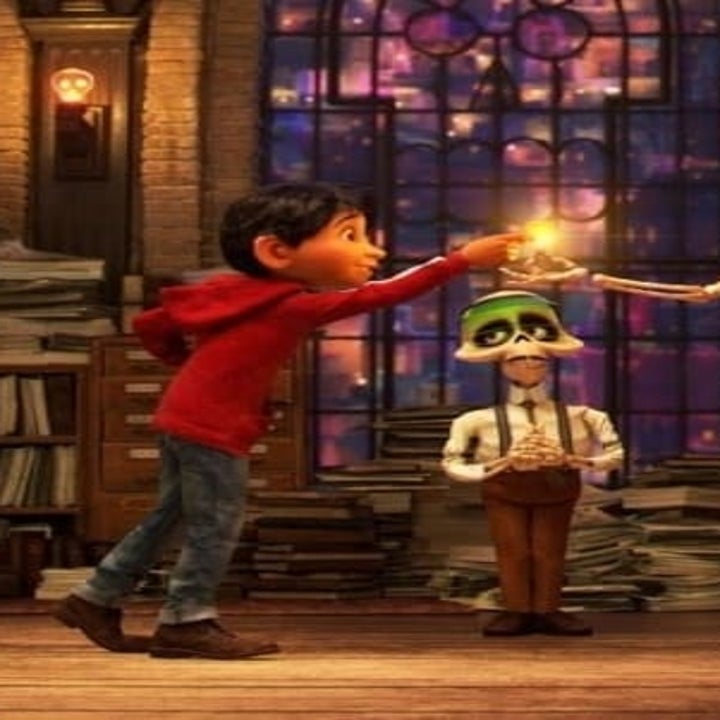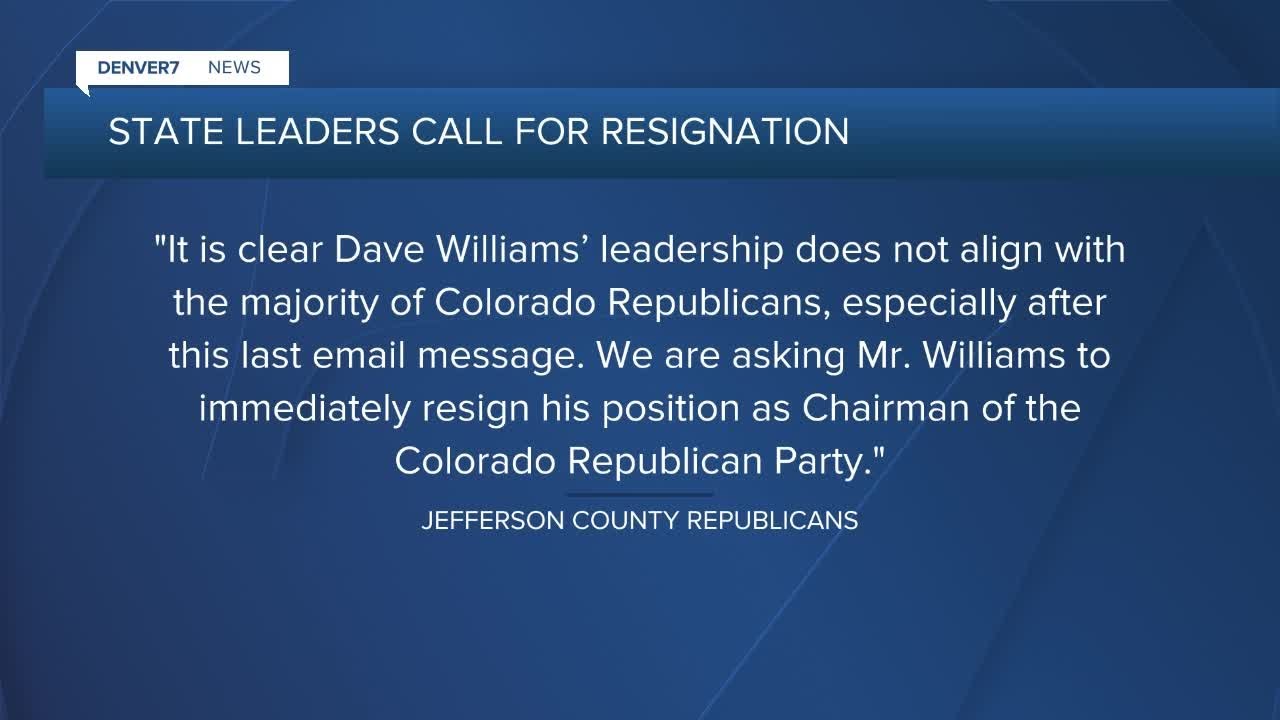Should Pixar Make A Coco Sequel? Analyzing The Potential Pitfalls

Table of Contents
Risk of Diminishing the Original's Impact
Coco's success stemmed from its originality and emotional depth. A sequel risks diluting this impact by attempting to recapture magic that may be irreplaceable. Many beloved films have seen their legacies overshadowed by poorly received sequels, highlighting the inherent risk in revisiting a perfect story.
- Sequels often fail to live up to the original's critical and commercial success. The pressure to replicate the box office triumph and critical acclaim of the original can lead to creative compromises. Think of numerous examples in animation – sometimes a sequel feels forced, lacking the spark of the initial concept.
- The risk of rehashing familiar themes and characters, lacking the freshness of the original. A Coco Sequel might struggle to avoid repeating the same emotional beats and plot points, leading to a sense of déjà vu for viewers. The magic of Coco lay in its unique story; a sequel needs to offer something genuinely new.
- Potential for a less impactful story that overshadows the original's message. A subpar sequel can diminish the overall perception of the Coco franchise, potentially tarnishing the legacy of the original film. The emotional resonance of the original should be paramount, and any sequel should strive to maintain, not lessen, its impact.
Many successful animation franchises manage to release sequels that continue to resonate, for example, the Toy Story series. However, their success lies in carefully crafted narratives that build upon the established world without simply repeating the original's story. A Coco Sequel needs a similarly compelling new narrative that builds upon, rather than simply repeats, the original's themes.
Navigating Cultural Sensitivity and Representation
Coco carefully and respectfully portrayed Mexican culture and traditions. A sequel needs to maintain this sensitivity, avoiding any potential stereotypes or misrepresentation. This is paramount; mishandling cultural representation could lead to significant backlash and damage the film's reputation.
- The importance of consulting with cultural experts and communities during the development process. Authentic representation requires collaboration with those who possess deep knowledge and understanding of Mexican culture and traditions.
- The risk of trivializing or misinterpreting significant cultural elements. A superficial approach to cultural representation can lead to inaccuracies and offensive portrayals, undermining the film’s message and potentially causing offense.
- Ensuring authentic representation of diverse perspectives within the Mexican community. Mexico’s rich culture encompasses diverse regions, traditions, and perspectives. A sequel must strive to reflect this diversity accurately and respectfully.
The success of films like Moana demonstrates the power of authentic cultural representation. Conversely, films that fall short can face significant criticism and damage their reputation. A Coco Sequel needs to learn from these examples and prioritize authentic and respectful portrayal.
The Challenge of Creating a Compelling New Story
A successful sequel needs a compelling narrative that justifies its existence and expands upon the original’s themes without feeling forced or unnecessary. Simply continuing the story of Miguel and his family might not be enough; a fresh perspective is needed.
- The difficulty of crafting a plot that resonates emotionally with the audience while maintaining coherence with the original's storyline. A sequel needs to connect emotionally with the audience in a similar way to the original film, without feeling like a retread.
- Potential for introducing new characters that lack the depth and charm of the original cast. New characters need to be well-developed and compelling enough to stand alongside the beloved characters from the original Coco.
- The need for a fresh, original storyline that avoids simply rehashing the original's plot points. The story needs to feel distinct and new, offering a fresh perspective within the established world. A Coco Sequel risks failure if it simply rehashes the original's emotional beats.
Exploring Untapped Potential within the Existing World
Instead of a direct sequel, exploring spin-offs or prequels could delve into the rich lore of the Land of the Dead or other aspects of the established world. This approach minimizes the risk of tarnishing the original while expanding the universe.
- Focus on a different family or character, exploring new aspects of the culture. A spin-off could focus on another family's journey through the Land of the Dead, showcasing different aspects of Mexican traditions and beliefs.
- Develop a story that complements the original narrative without directly continuing it. This approach avoids the pitfalls of trying to replicate the success of the original story.
- Offer a unique perspective while staying true to the film’s core themes. A prequel, for instance, could explore the backstory of a specific character, enriching the world without altering the original story.
This approach allows for a more organic expansion of the Coco universe, offering new stories and perspectives without risking the integrity of the original film. It offers creative potential and allows for exploration beyond Miguel's specific journey.
Conclusion
The decision of whether or not to create a Coco Sequel is a complex one, weighing the potential for commercial success against the risk of diminishing the original's impact and misrepresenting a rich and nuanced culture. While a well-executed sequel could offer further exploration of the Land of the Dead and its captivating characters, the potential pitfalls are significant. Carefully considering cultural sensitivity, narrative originality, and the emotional resonance of the original film are crucial for any potential Coco Sequel to succeed. Therefore, a thoughtful approach is essential, prioritizing quality over the simple pursuit of a sequel for the sake of it. The question remains: is a Coco Sequel truly necessary, or would it be better to let this beloved film stand alone as a testament to its artistry and cultural significance? Consider the potential risks before embarking on a Coco sequel or exploring alternative expansion options within the rich existing universe.

Featured Posts
-
 Mbappes Double Propels Real Madrid Past Celta Vigo Keeps La Liga Race Alive
May 29, 2025
Mbappes Double Propels Real Madrid Past Celta Vigo Keeps La Liga Race Alive
May 29, 2025 -
 Examining The Anti Lgbt Rhetoric On Eric Damaseaus You Tube Channel
May 29, 2025
Examining The Anti Lgbt Rhetoric On Eric Damaseaus You Tube Channel
May 29, 2025 -
 Pulheim Uebersicht Der Baustellen Und Deren Auswirkungen Auf Den Verkehr
May 29, 2025
Pulheim Uebersicht Der Baustellen Und Deren Auswirkungen Auf Den Verkehr
May 29, 2025 -
 A Demon Transformation So Realistic It Caused A Scene
May 29, 2025
A Demon Transformation So Realistic It Caused A Scene
May 29, 2025 -
 Gugatan Rp 84 Miliar Terhadap Pembeli Nft Nike
May 29, 2025
Gugatan Rp 84 Miliar Terhadap Pembeli Nft Nike
May 29, 2025
